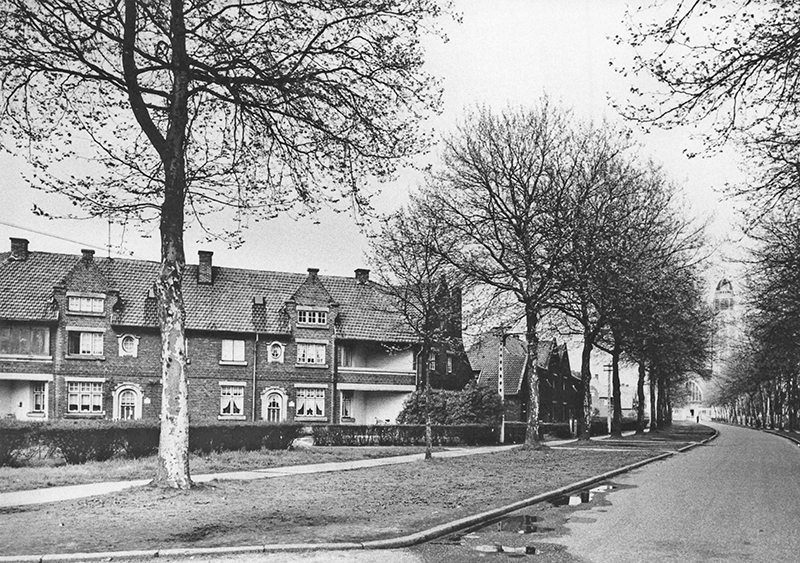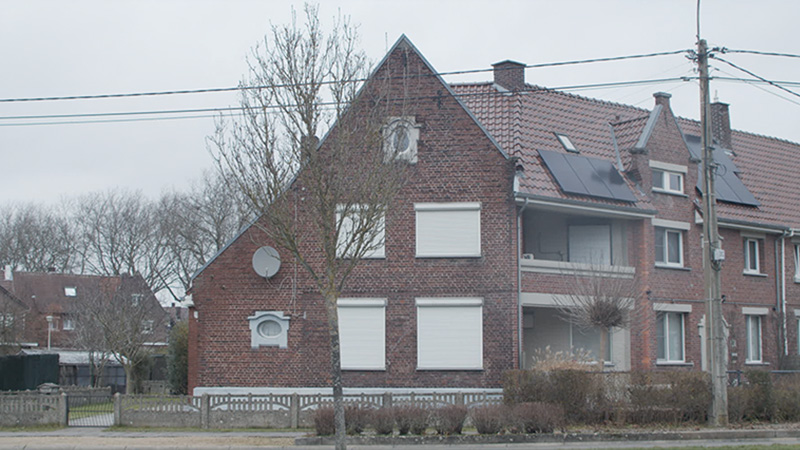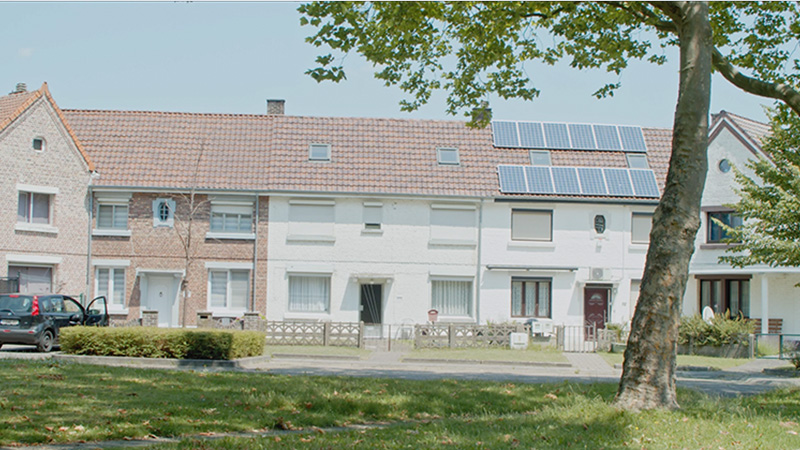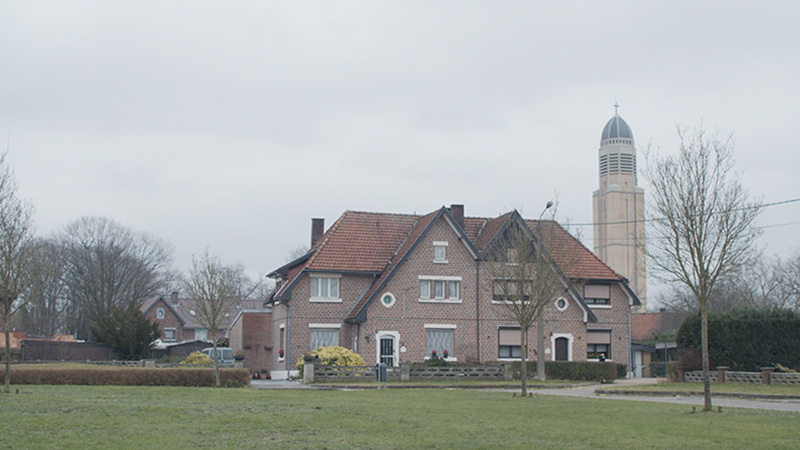In balancing between historical conservation and sustainable development, the maintenance and adaptation of garden city houses become liable to both heritage and low impact renovation criteria. Adherence to these criteria can create difficulties for residents - for example, not all of them can access funds for sustainable renovation, or perform the expected maintenance labour, such as cutting the hedges. The heritage value, proposed by heritage-development experts and documents, relies on the architectural qualities of housing ensembles, such as harmony and visual coherence between individual units. These qualities assumingly stem from the intention of mining companies to provide pleasant working and living environments for the miners.
However, there are contradictions in this evaluation, since the visual order was also a tool of social control for the mining companies, which disciplined the miners if they didn’t follow the rules for maintaining the appearance of their houses (e.g. cutting the hedges). The atlas explores how the valorisation of garden cities, based on the company image as a predefined object of value, can limit the attention to contemporary needs for adaptation, as well as the social history after the mines were dismantled. For example, the continuity of image control through heritage protocols can hinder the residents’ own practices of care from entering the design space of the garden city, as well as diminish how adaptations reflect the social history and cultural diversity in the garden city.

Waterschei garden city street (image by Heidebloemke Heemkring).
“A very clear difference from Howards’ model was the fact that the idea of social equality was not adopted in the Hoge Kempen. It was considered more important that the garden cities reflected the grandeur and identity of the mining companies... Poor maintenance of the house (e.g. uncut hedge) or even children behaving badly were considered actions violating the image of the company, and did not go unpunished.” (Rural-Industrial Transition Landscape, Metalidis et al. 2018, 135)
Ebenezer Howard was the founder of the garden city movements whose ideas were appropriated by the mining companies.

Transition Landscape Atlas. 2022 Video still showing a house in the Waterschei garden city.
“The management of the mines arranged everything. They were paternalistic and wanted to control everything that happened in the neighbourhoods. You can also see that in the director’s houses. They were placed in such a way that they could almost look inside the houses, that they had a view of the garden areas.
Jef Gabriels,mayor of Genk,1987-2009

Transition Landscape Atlas. 2022. Video still showing a row of houses in the Waterschei garden city.
“I like how they ask in Genk that you renovate the house exactly as it was before, with specific roof tiles and hedges. But then I think how there are older people who live there – who is going to cut the hedges?”

Transition Landscape Atlas. 2022. Video still showing a house in the Waterschei garden city.
“Life in Waterschei is beautiful... I only have to ring the bell at the neighbours' house and ask them anything. The reverse is also true of course. I can even ask people two blocks away if they can help me. When we started renovating, neighbours came from the first day to ask if they could help us.”
Asli, resident of Waterschei